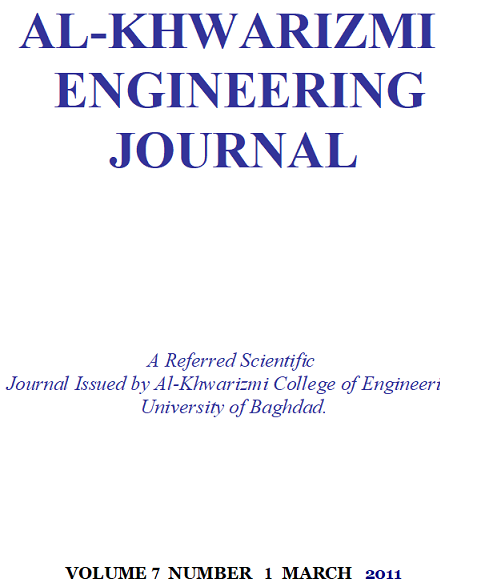Noise Removal of ECG Signal Using Recursive Least Square Algorithms
Abstract
This paper shows an approach for Electromyography (ECG) signal processing based on linear and nonlinear adaptive filtering using Recursive Least Square (RLS) algorithm to remove two kinds of noise that affected the ECG signal. These are the High Frequency Noise (HFN) and Low Frequency Noise (LFN). Simulation is performed in Matlab. The ECG, HFN and LFN signals used in this study were downloaded from ftp://ftp.ieee.org/uploads/press/rangayyan/, and then the filtering process was obtained by using adaptive finite impulse response (FIR) that illustrated better results than infinite impulse response (IIR) filters did.
Downloads
References
[2]. Kiyoshi Nishikawa and Hitoshi Kiya, "Noval Implementation Technique of Rls Algorithm for Improving Throughtput of Adaptive Filters, 1999.
[3]. ftp://ftp.ieee.org/uploads/press/rangayyan/
[4]. P.K. Bora, "statistical signal processing", John Wiley and Sons, inc., 1996.
[5]. ALI H. SAYED, "Adaptive Filters",2008
[6]. Rangarai M. Rangayyan., "Biomedical Signal Analysis a case-stady approach", John Wiley and Sons, inc., 2002.
[7]. Hayes, Monson H., “Statistical Digital Signal Processing and Modeling", John Wiley and Sons, inc., 1996.
Downloads
Published
Issue
Section
License
Copyright: Open Access authors retain the copyrights of their papers, and all open access articles are distributed under the terms of the Creative Commons Attribution License, which permits unrestricted use, distribution, and reproduction in any medium, provided that the original work is properly cited. The use of general descriptive names, trade names, trademarks, and so forth in this publication, even if not specifically identified, does not imply that these names are not protected by the relevant laws and regulations. While the advice and information in this journal are believed to be true and accurate on the date of its going to press, neither the authors, the editors, nor the publisher can accept any legal responsibility for any errors or omissions that may be made. The publisher makes no warranty, express or implied, with respect to the material contained herein.












